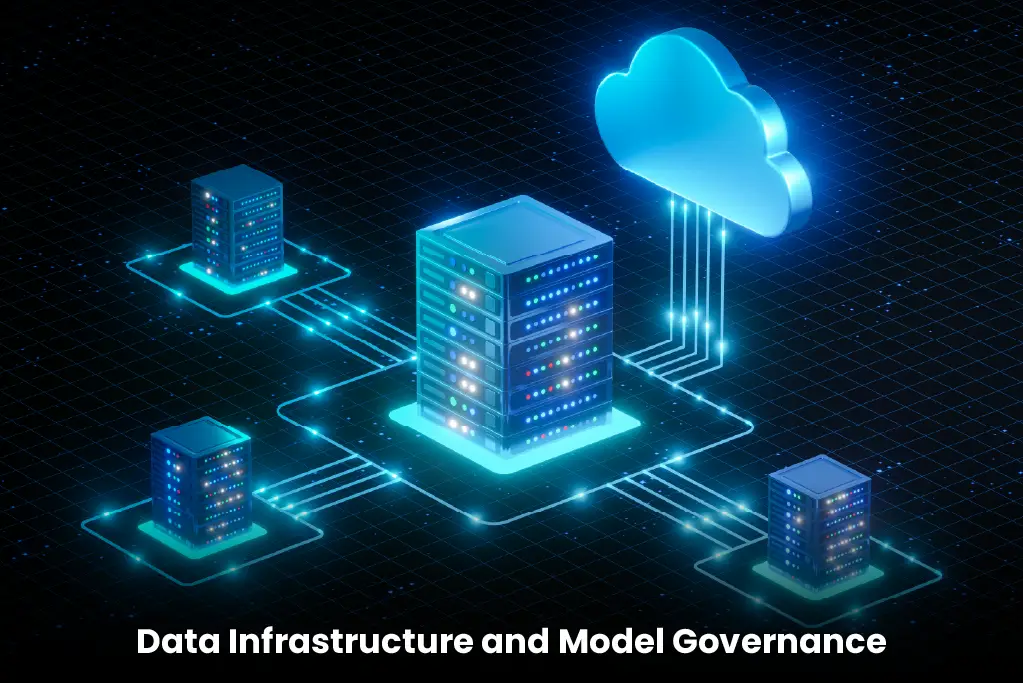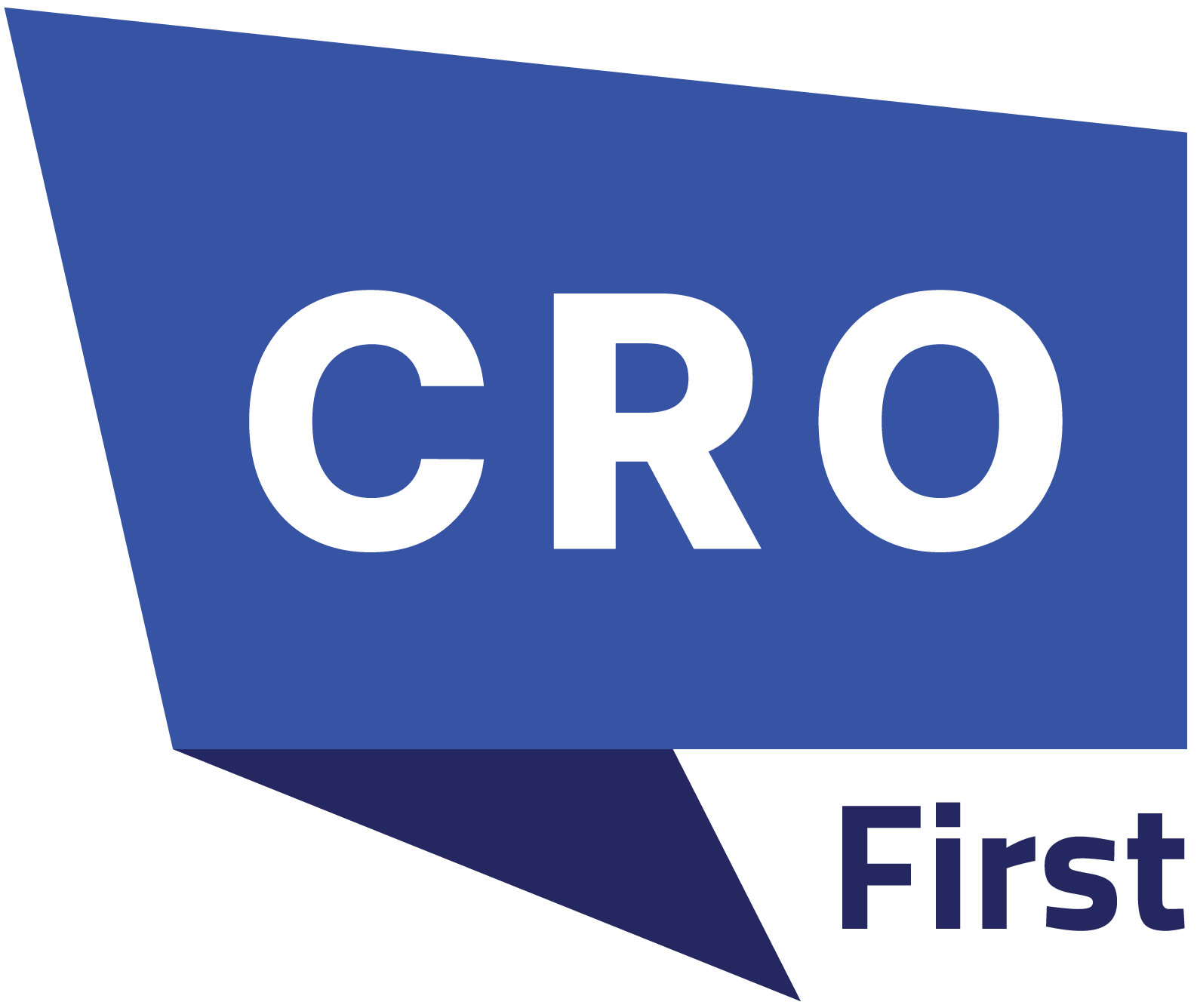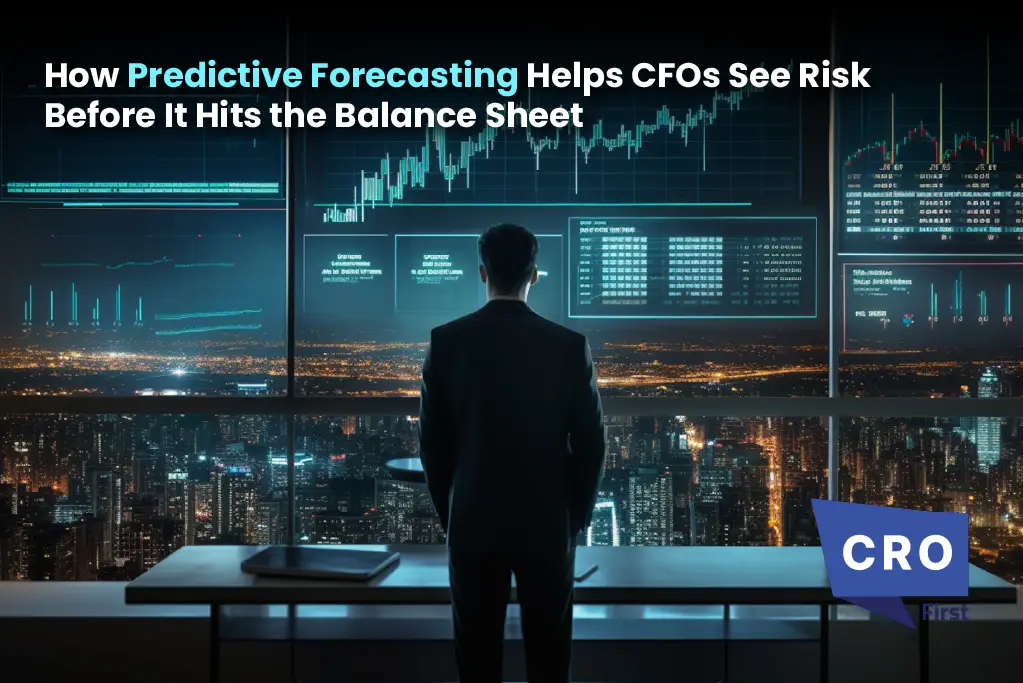Today’s CFO is no longer just about closing the books or managing budgets. The role has expanded to include enterprise risk oversight, predictive forecasting and real-time scenario planning. As volatility becomes the new normal in supply chains, interest rates, labor markets and regulatory frameworks, CFOs are being asked to see financial threats before they materialize.
Predictive forecasting allows finance leaders to move from reactive planning to proactive risk identification. By using historical data, machine learning models and external indicators, predictive tools help CFOs see how emerging risks could impact liquidity, margins or cash flow. This article looks at the top risks CFOs face today and how predictive forecasting helps with early detection and response.
Why Traditional Forecasting Methods Fail
Standard forecasting tools still dominate many finance departments. These tools rely heavily on backward looking data and static assumptions, updated quarterly or monthly. While this works in stable conditions, it can’t keep up with rapid changes in customer demand, supplier health, commodity prices or market confidence.
The lack of dynamic visibility creates blind spots. A missed signal in customer payment behavior or an unaccounted supplier delay can cascade into revenue shortfalls or unexpected working capital pressures. Moreover, departmental silos limit a CFO’s ability to connect seemingly unrelated events, such as marketing underperformance and future revenue dips.
This is where predictive forecasting delivers its value. By analyzing leading indicators, internal and external, these models can detect early signs of disruption and allow CFOs to course correct before financial impact hits the balance sheet.
Key Risks Predictive Forecasting Helps Identify Early
Several types of risk fall squarely within the CFO’s remit. Predictive tools help surface these risks early, giving more time to mitigate:
- Revenue Volatility: Predictive models analyze sales patterns, seasonal trends, and economic factors. They can signal revenue dips before targets are missed.
- Cash Flow Disruptions: Predictive tools use AR/AP data and customer payment patterns. They also consider procurement cycles and vendor risk metrics to spot liquidity issues early.
- Cost Surges: Changes in input costs, like energy or materials, can be tracked using past purchase data and market trends. This helps finance leaders budget for cost variations more accurately.
- Customer Attrition: Smart churn models use CRM data, support history, and engagement scores. They help spot customers at risk of leaving. This lets CFOs adjust revenue forecasts.
- Compliance and Regulatory Risk: These risks aren’t usually forecast. However, some platforms now show geopolitical and regulatory trends. These trends can signal upcoming policy changes that affect tax exposure or reporting needs. This is crucial in rapidly changing environments.
These give finance leaders time to plan in procurement strategy, pricing or capital reserves before numbers hit the quarterly reports.
External Data and Machine Learning

Predictive forecasting is different from historical trend analysis in one key way: it uses external data and adapts to changing conditions. Macroeconomic indicators, industry benchmarks, interest rates, and geopolitical events are fed into the models along with internal financials.
Machine learning allows the models to evolve over time. For example, if customer behavior changes due to inflation or a regulatory announcement, the model adjusts its assumptions without manual reprogramming. This agility gives CFOs a more accurate view of downside exposure under different scenarios.
Rather than relying on intuition or lagging metrics, finance leaders get a forward looking view. They can simulate what-if scenarios: What if supplier reliability drops 15%? What if receivables extend 5 days? These scenarios become key to board level conversations and investment prioritization.
Cross Functional Collaboration
One of the underappreciated benefits of predictive forecasting is its ability to bring cross functional alignment. Risk visibility improves when marketing, sales, operations and finance share the same forward looking data layer.
Marketing can see how pipeline health impacts forecasted revenue. Procurement can see if supplier constraints will impact projected margins. Sales leadership can use churn risk to prioritize account outreach.
CFOs become the orchestrators of strategic action, not just the guardians of financial controls. Predictive insights shift the conversation from cost containment to opportunity protection and risk adjusted planning.
Also Read: Customer Journey Orchestration: The Revenue Growth Lever You’re Overlooking
Practical Application in Finance Functions
To make predictive forecasting a practical tool not a theoretical capability, CFOs are embedding it into planning and performance management workflows. This starts with defining which use cases deliver the most business value, such as revenue prediction, cash flow modeling or scenario testing for input cost volatility.
Forecasts are then plugged into core financial processes, such as monthly reviews, quarterly reforecasting and board level reporting. Rather than replacing traditional budgeting, predictive models augment existing plans with live risk signals and data driven scenario inputs. This allows finance teams to move from static budget adherence to dynamic plan agility.
Some organizations are also deploying dashboards and alerts that surface risk exposures in real time. For example, if lead velocity slows in a key segment or inventory ages above threshold, finance leaders are notified. These triggers allow them to make proactive decisions such as adjusting pricing, renegotiating terms or delaying non critical capital expenditures.
Data Infrastructure and Model Governance

Predictive accuracy relies on data integrity. Many forecasting models are only as good as the data they eat. Top companies are investing in data engineering to get financial data clean, timely and structured for model consumption.
In parallel, governance frameworks are being put around forecasting models. These frameworks define model ownership, training cycles, accuracy validation and escalation paths when predictions deviate from actuals. Without governance predictive forecasting creates more uncertainty than clarity.
Also, CFOs are involving data science, FP&A and IT teams to make sure assumptions used in model development align with business context. Where required, third-party platforms offer model transparency tools to explain how predictions were made, which helps to build trust and adoption across the leadership.
Platform Selection and Integration Strategy
CFOs choosing predictive forecasting platforms are prioritizing scalability, interoperability and domain specific functionality. Tools that integrate with ERP, CRM and business intelligence platforms are preferred as they reduce manual data manipulation and speed up model deployment.
Many finance teams are moving away from spreadsheet based modeling to SaaS forecasting platforms with built-in machine learning.
For example, in May 2025, Una Software launched an AI-powered forecasting suite that adapts to revenue signals and anomalies in real time, enabling CFOs to flag risks before they impact financial results. Similarly, in June 2025, Sage announced AI-driven upgrades to Sage Intacct and Sage X3, embedding predictive cash flow modeling and automated close processes into core ERP workflows. The updates also introduced Sage Copilot and an AI Trust Label to support transparency in forecasting models.
These tools have pre-built templates for revenue, expense and cash flow projections so finance professionals don’t need to be coding experts. Cloud native platforms also offer elasticity so you can do real-time updates, multi-scenario modeling and cross departmental access. So CFOs get a unified forecasting environment that adapts to business change while you still have control over assumptions, inputs and outcomes.
Supporting Strategic Capital Allocation
Predictive forecasting does more than prevent downside risk, it informs strategic bets. By modeling multiple economic, operational or policy scenarios CFOs can evaluate the trade-offs between short term margin preservation and long term growth investments.
For example, a predictive forecast may show that delaying a product launch in a specific region mitigates foreign exchange exposure while preserving topline forecasts. Or it may show how targeted marketing increases conversion in a resilient segment and supports growth despite broader market uncertainty. These insights position CFOs as key players in capital allocation decisions and guide the organization towards investments that balance risk and return in rapidly changing environments.
Conclusion
Financial risk is moving faster than traditional planning can keep up with. Predictive forecasting helps CFOs spot disruptions early. They can then adjust and align capital decisions with real-time market signals. By embedding predictive models into daily finance tasks, leaders can shift forecasting. Investing in clean data and ensuring accuracy makes forecasts more proactive. This change turns forecasting into a valuable strategic asset. CFOs can protect margins, boost cash flow, and create value in uncertain markets with better risk visibility.

